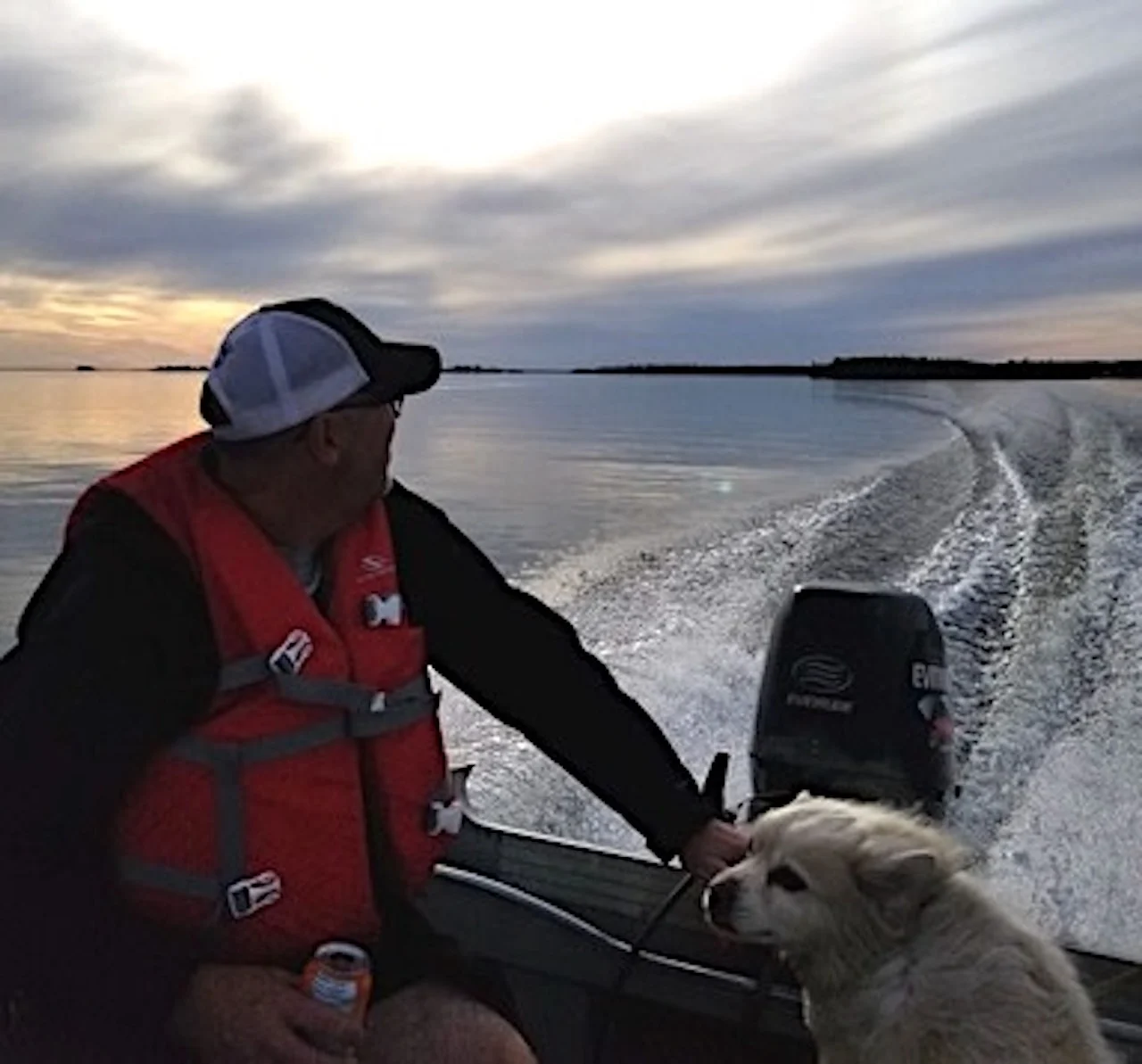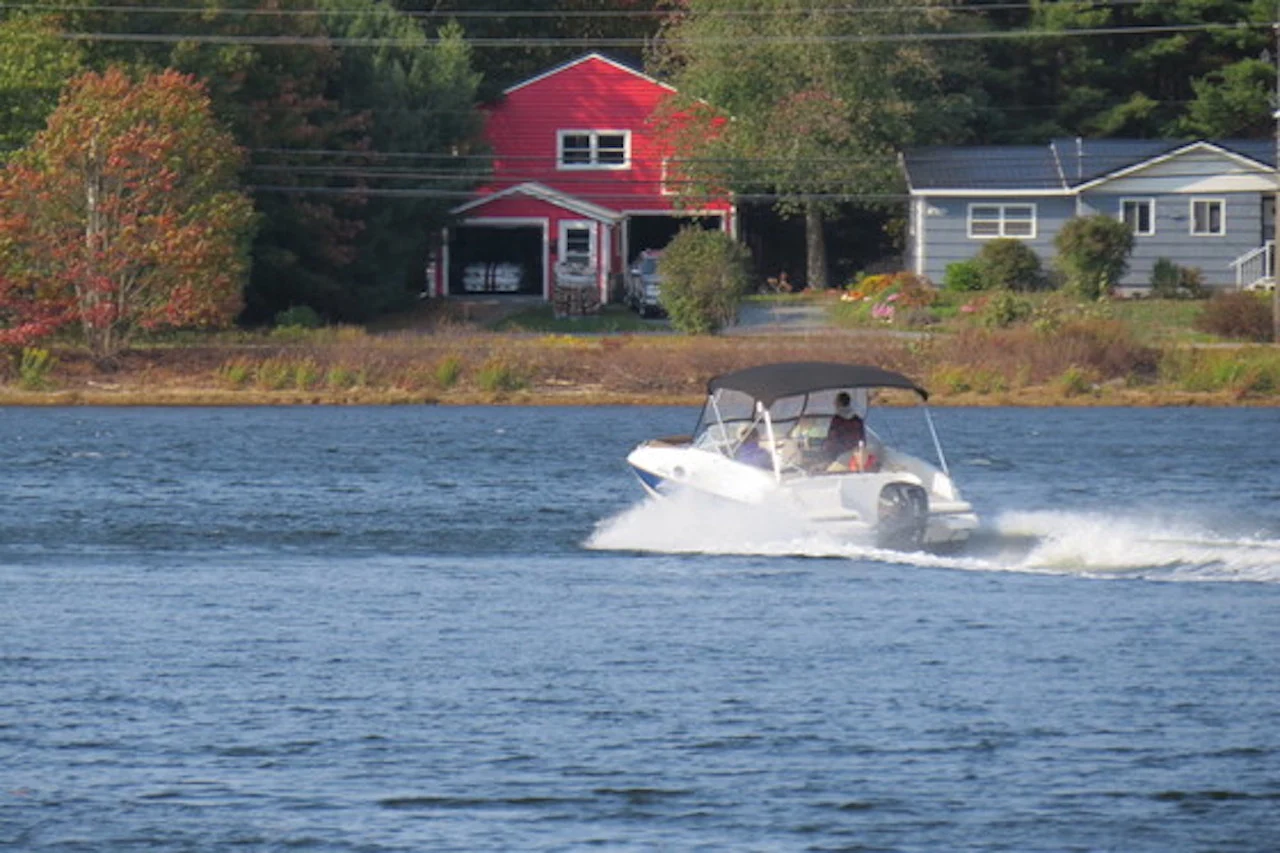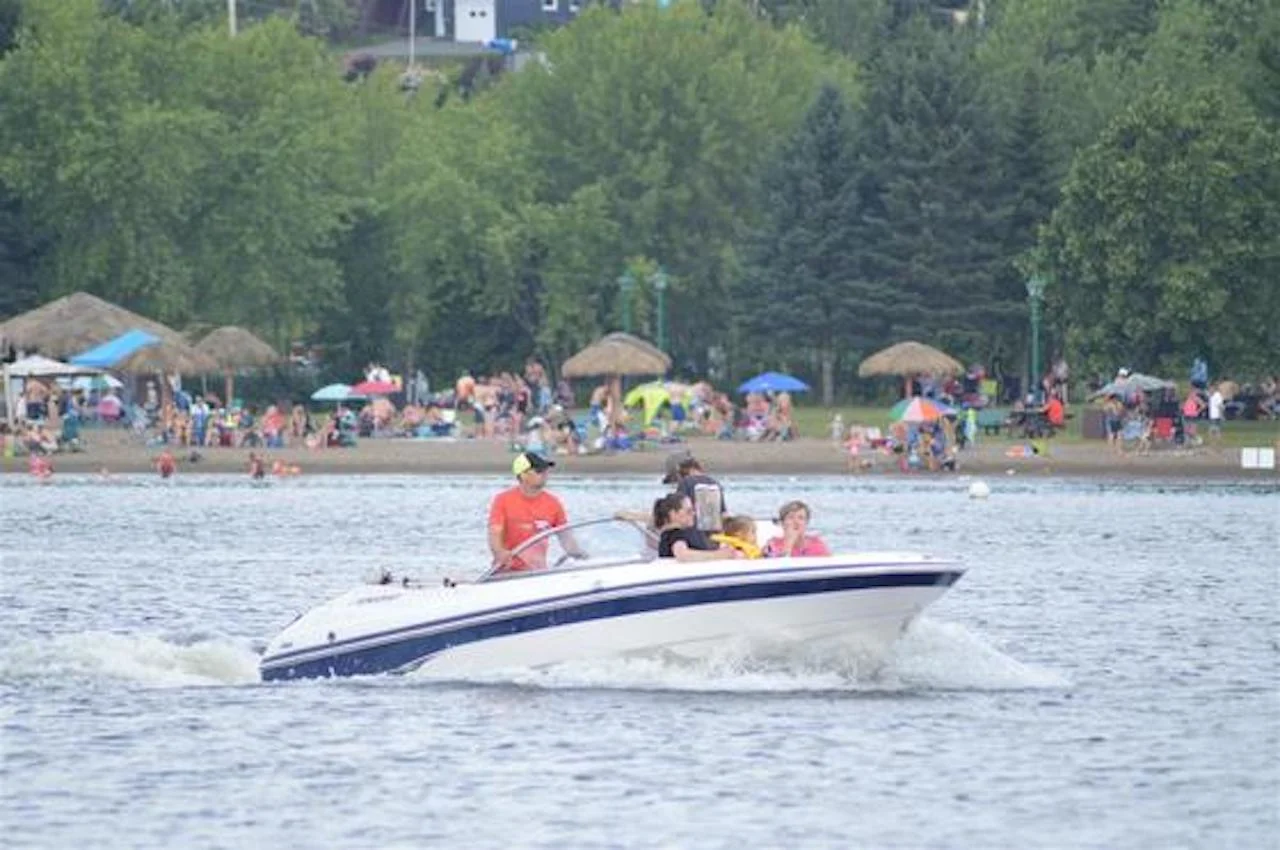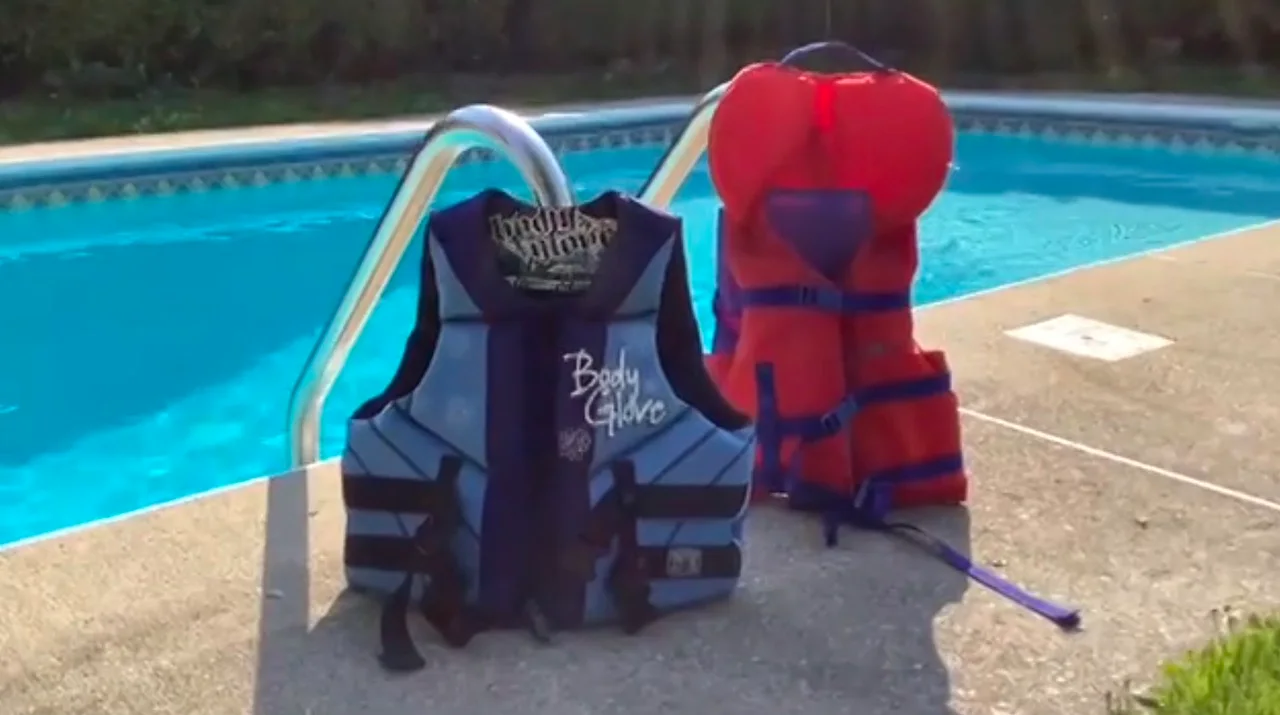
Most drownings occur in summer, here's how to enjoy water safely
According to The Lifesaving Society (LSC), 77 per cent of all drownings occur between May and September.
With summertime almost here, you may be making plans to head out on or in the water to beat the heat. But it's important to have all the safety tips and appropriate equipment before you do.
Water Safety Week, to coincide with the swimming and boating season, takes place June 4-11. It is an annual campaign to educate Canadians on how to stay safe around water and prevent drownings.
And, according to The Lifesaving Society (LSC), 77 per cent of all drownings occur between May and September.
Wendy Schultenkamper, director of operations for The Lifesaving Society Canada, told The Weather Network in 2021 that there is a correlation among the timing of the drownings, vacations and the weather.

(Cindy Greuel).
Visit our Complete Guide to Summer 2022 for an in-depth look at the Summer Forecast, tips to plan for it and much more!
“Some of our best weather happens between May and September, particularly after the May long weekend, right through until the September Labour Day long weekend," said Schultenkamper. “A lot of people are on vacation in July and August, and that’s why we see the largest number of drowning statistics during that time.”
INCREASE IN DROWNINGS DURING COVID-19
In 2020, there was a slight increase in the drowning deaths because of the COVID-19 pandemic, with many turning to unsupervised areas for swimming since a large number of pools were closed, Schultenkamper said.
She noted there are about 400-500 drowning-related deaths per year, on average, but the tally was closer to 500 deaths in 2020.
“Having a lot of swimming pools, of course, closed and a lot of unsupervised waterfronts. People were going to a lot of alternate locations to cool off, whether it was unsupervised, open-water environments [or] backyard pools," said Schultenkamper.

(Frank Bailey).
MANY BOATING-RELATED DROWNING VICTIMS WEREN'T WEARING PFDS
According to a 2021 Allstate Canada survey, six in 10 respondents stated they always wear a personal flotation device (PFD) when on a watercraft, with just four in 10 (42 per cent) of respondents aged 18-34 say they do.
However, the drowning statistics indicate otherwise, Schultenkamper said. The Allstate Canada report also said that 81 per cent of boating-related deaths were attributed to people not wearing a PFD, and an additional five per cent were not wearing one properly.

(el begne Corciova).
"That's a huge chunk of our drownings related to boating and not wearing PFDs. Often, we see that people are really good about making sure that kids are wearing PFDs, but adults themselves or even those in their late-teens, often do not," said Schultenkamper.
She also noted that alcohol-related boating deaths are also quite high, only secondary to people not wearing their life-jackets or PFDs while on the boat.
"Those two just don't mix well, unfortunately, but it doesn't stop people from enjoying a few libations while they're out on the water," The LSC Canada director of operations said.
WATCH BELOW: THE SUDDEN DANGERS OF RIP CURRENTS
RELATED: Expert tips on how to stay safe on rivers
WATER SAFETY TIPS
There are multiple steps people can take to ensure their safety on the water, which can be a "two-pronged hazard" Schultenkamper said, because there is access to water in unsupervised environments and with boats at the cottage.
"It almost doubles your risk of having a problem while you're out at the cottage during the summer," she said.

Personal flotation device (PDF). (Canadian Red Cross).
So the "absolute" top two tips Schultenkamper offers is that all boaters and swimmers be equipped with properly fitted life-jackets or PDFs, and that parents are essentially the children's own personal lifeguards when they are at the cottage.
"It's so important for parents to provide constant supervision without any distractions, specifically electronic devices," said Schultenkamper.
As well, another piece of advice is for parents at cottages to set up barriers for children to pathways that lead to the water. Schultenkamper stated drowning is the third-leading cause of accidental death for adults and the second-leading cause of accidental death for children in Canada.
“Most drownings actually occur in as little as 30 seconds and it’s often silent. A thing that The Lifesaving Society Canada always promotes is that if you’re not within arm’s reach, you’ve gone too far," said Schultenkamper.
More information and safety tips can be found on the Canadian Red Cross and The Lifesaving Society websites.
Thumbnail courtesy of Cindy Greuel.
Follow Nathan Howes on Twitter.










